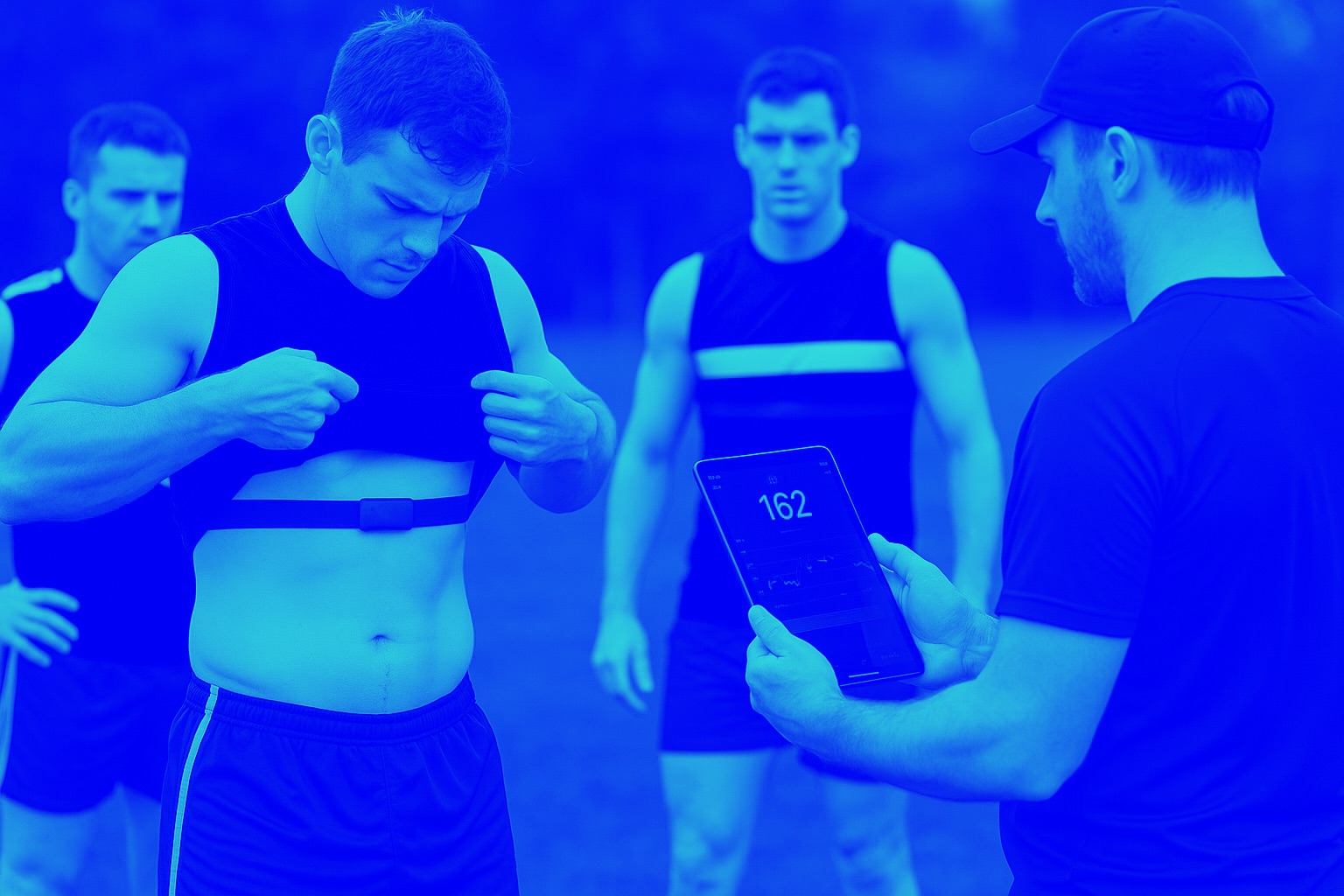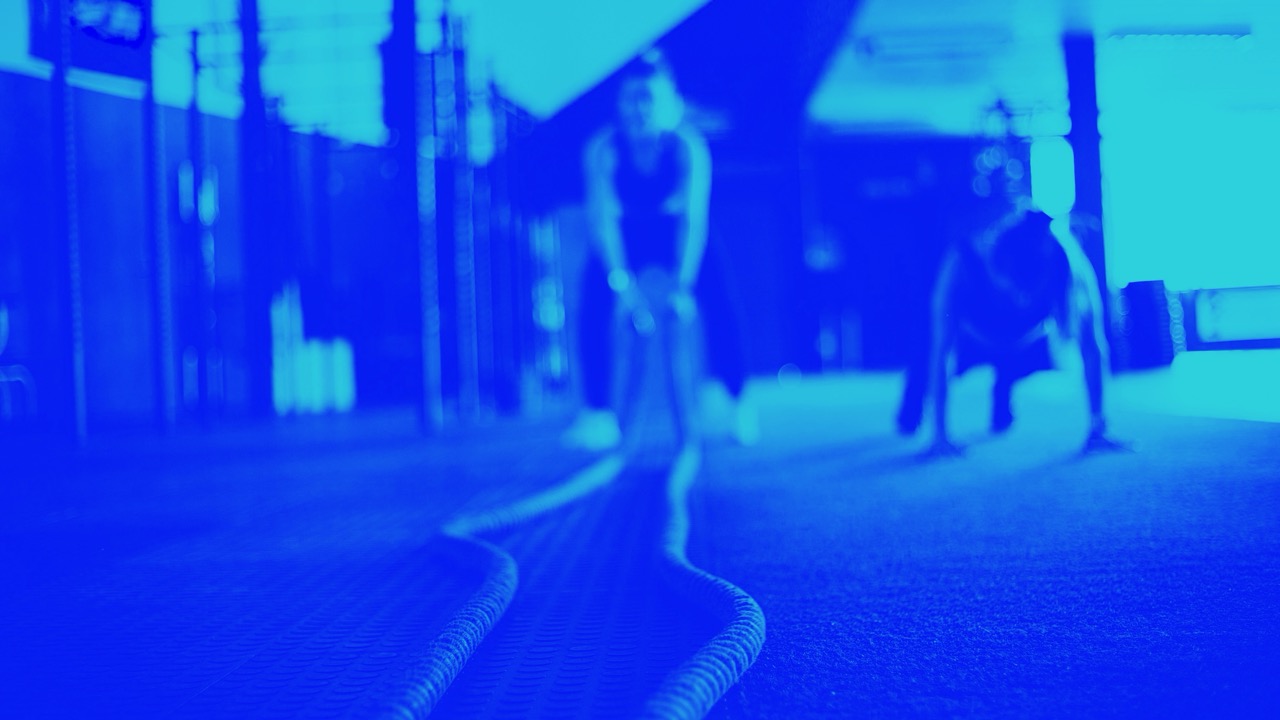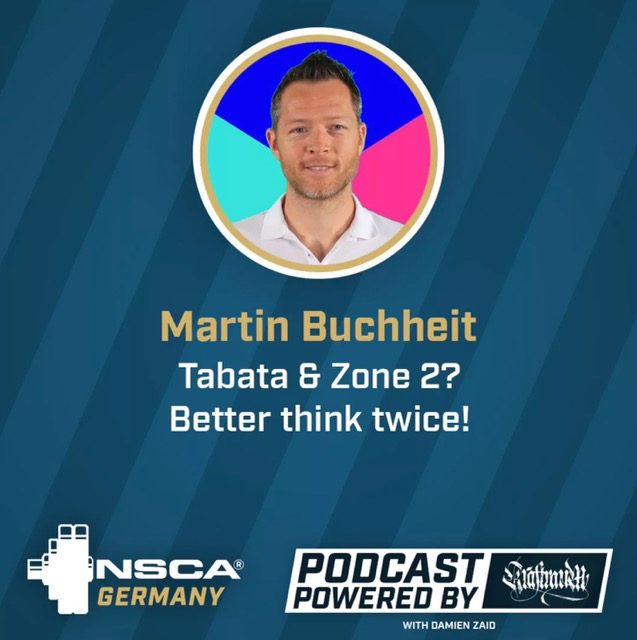Repeated Sprint and Jump Test
Reliability, usefulness, and validity of a repeated sprint and jump ability test.
Laboratory of Exercise Physiology and Rehabilitation, Faculty of Sport Sciences, University of Picardie, Jules Verne, Amiens, France.
Abstract
PURPOSE:
Two studies involving 122 handball players were conducted to assess the reliability, usefulness, and validity of a repeated shuttle-sprint and jump ability (RSSJA) test. The test consisted of 6x(2×12.5-m) sprints departing on 25 s, with a countermovement jump performed during recovery between sprints.
METHODS:
For the reliability and usefulness study, 14 well-trained male handball players performed the RSSJA test 7 d apart. Reliability of the test variables was assessed by the typical error of measurement, expressed as a coefficient of variation (CV). The minimal changes likely to be “real” in sprint time and jump power were also calculated. For the validity study, players of seven teams (national to international levels, women and men) performed the RSSJA test.
RESULTS:
CV values for best and mean sprint time were 1.0% (90% CL, 0.7 to 1.6) and 1.0% (90% CL, 0.7 to 1.4). CV values for best and mean jump peak power were 1.7% (90% CL, 1.2 to 2.7) and 1.5% (90% CL, 1.1 to 2.5). The percent sprint and jump decrements were less reliable, with CVs of 22.3% (90% CL, 15.7 to 38.3) and 34.8% (90% CL, 24.2 to 61.8). Minimal changes likely to be “real” for mean sprint time and jumping peak power were -2.6% and 4.8%. Qualitative analysis revealed that the majority of between-team differences were rated as “almost certain” (ie, 100% probability that the true differences were meaningful) for mean sprint and jump performances.
CONCLUSION:
The RSSJA test is reliable and valid to assess repeated explosive effort sequences in team sports such as handball. Test results are likely to be representative of gender and competition level; thus the test could be used to discriminate across playing standards and monitor fitness levels.
Performance and physiological responses to repeated-sprint and jump sequences.
Source
Laboratory of Exercise Physiology and Rehabilitation, EA 3300, Faculty of Sport Sciences, University of Picardie, Jules Verne, Amiens, France. martin.buchheit@u-picardie.fr
Abstract
In this study, the performance and selected physiological responses to team-sport specific repeated-sprint and jump sequence were investigated. On four occasions, 13 team-sport players (22 ± 3 year) performed alternatively six repeated maximal straight-line or shuttle-sprints interspersed with a jump ([RS(+j), 6 × 25 m] or [RSS(+j), 6 × (2 × 12.5 m)]) or not ([RS, 6 × 25 m] or [RSS, 6 × (2 × 12.5 m)]) within each recovery period. Mean running time, rate of perceived exertion (RPE), pulmonary oxygen uptake (V(O)₂), blood lactate ([La](b)), and vastus lateralis deoxygenation ([HHb]) were obtained for each condition. Mean sprint times were greater for RS(+j) versus RS (4.14 ± 0.17 vs. 4.09 ± 0.16 s, with the qualitative analysis revealing a 82% chance of RS(+j) times to be greater than RS) and for RSS(+j) versus RSS (5.43 ± 0.18 vs. 5.29 ± 0.17 s; 99% chance of RSS(+j) to be >RSS). The correlation between sprint and jump abilities were large-to-very-large, but below 0.71 for RSSs. Jumps increased RPE (Cohen’s d ± 90% CL: +0.7 ± 0.5; 95% chance for RS(+j) > RS and +0.7 ± 0.5; 96% for RSS(+j) > RSS), V(O)₂(+0.4 ± 0.5; 80% for RS(+j) > RS and +0.5 ± 0.5; 86% for RSS(+j) > RSS), [La](b) (+0.5 ± 0.5; 59% for RS(+j) > RS and +0.2 ± 0.5; unclear for RSS(+j) > RSS), and [HHb] (+0.5 ± 0.5; 86% for RS(+j) > RS and +0.5 ± 0.5; 85% for RSS(+j) > RSS). To conclude, repeated- sprint and jump abilities could be considered as specific qualities. The addition of a jump within the recovery periods during repeated-sprint running sequences impairs sprinting performance and might be an effective training practice for eliciting both greater systemic and vastus lateralis physiological loads.



